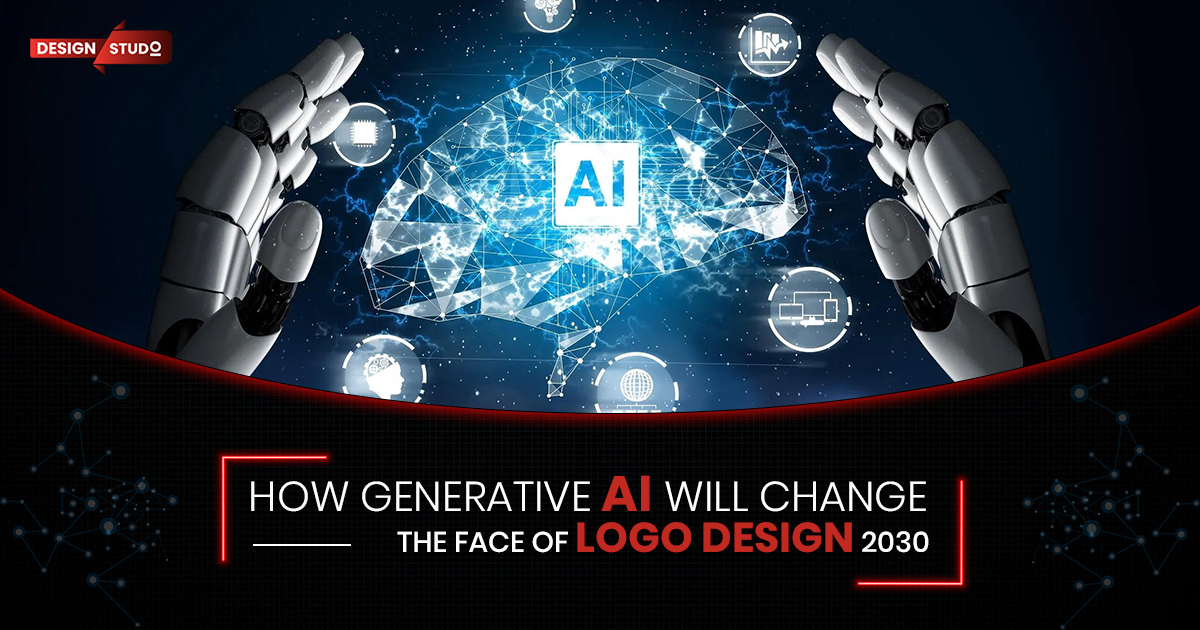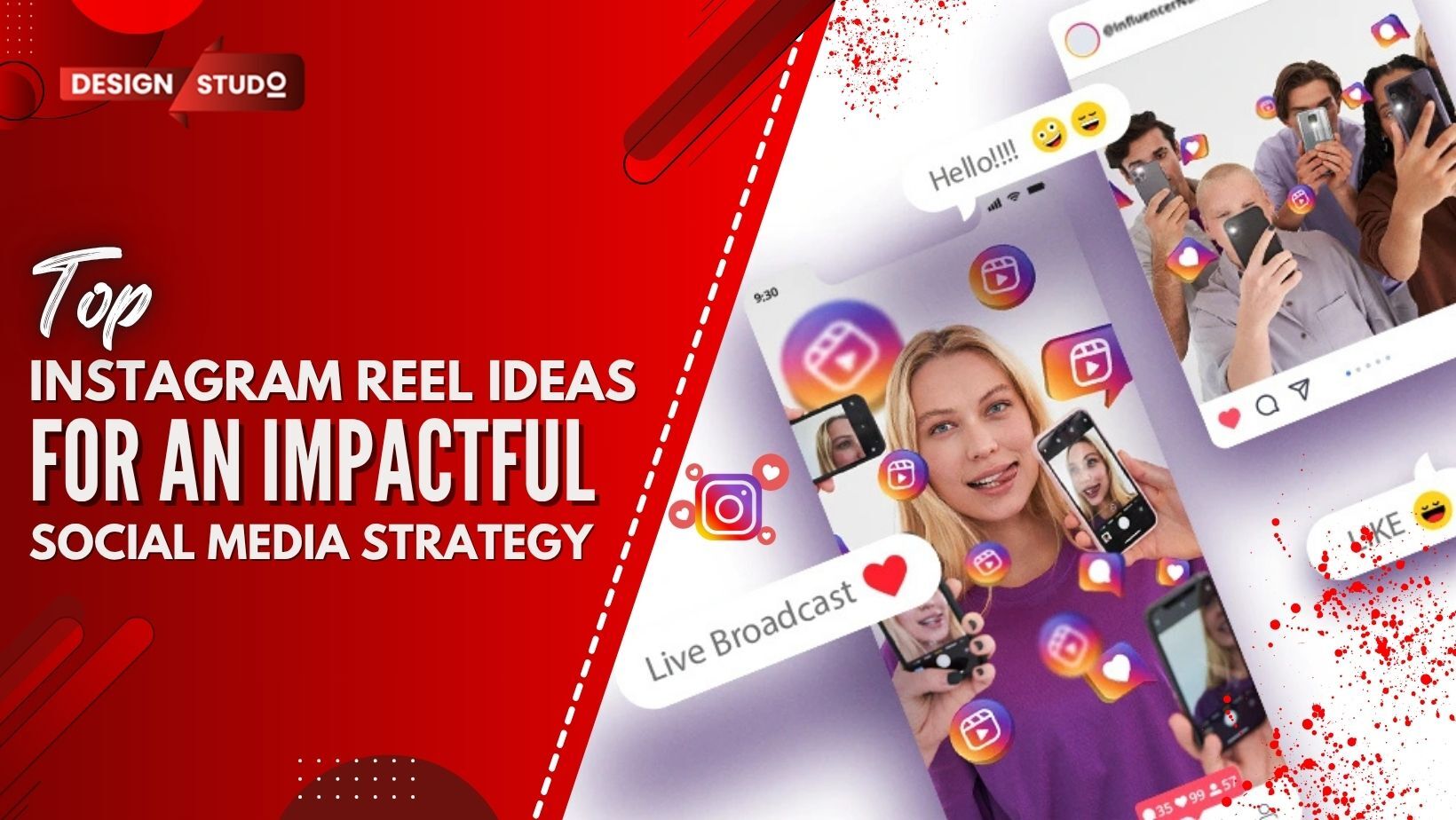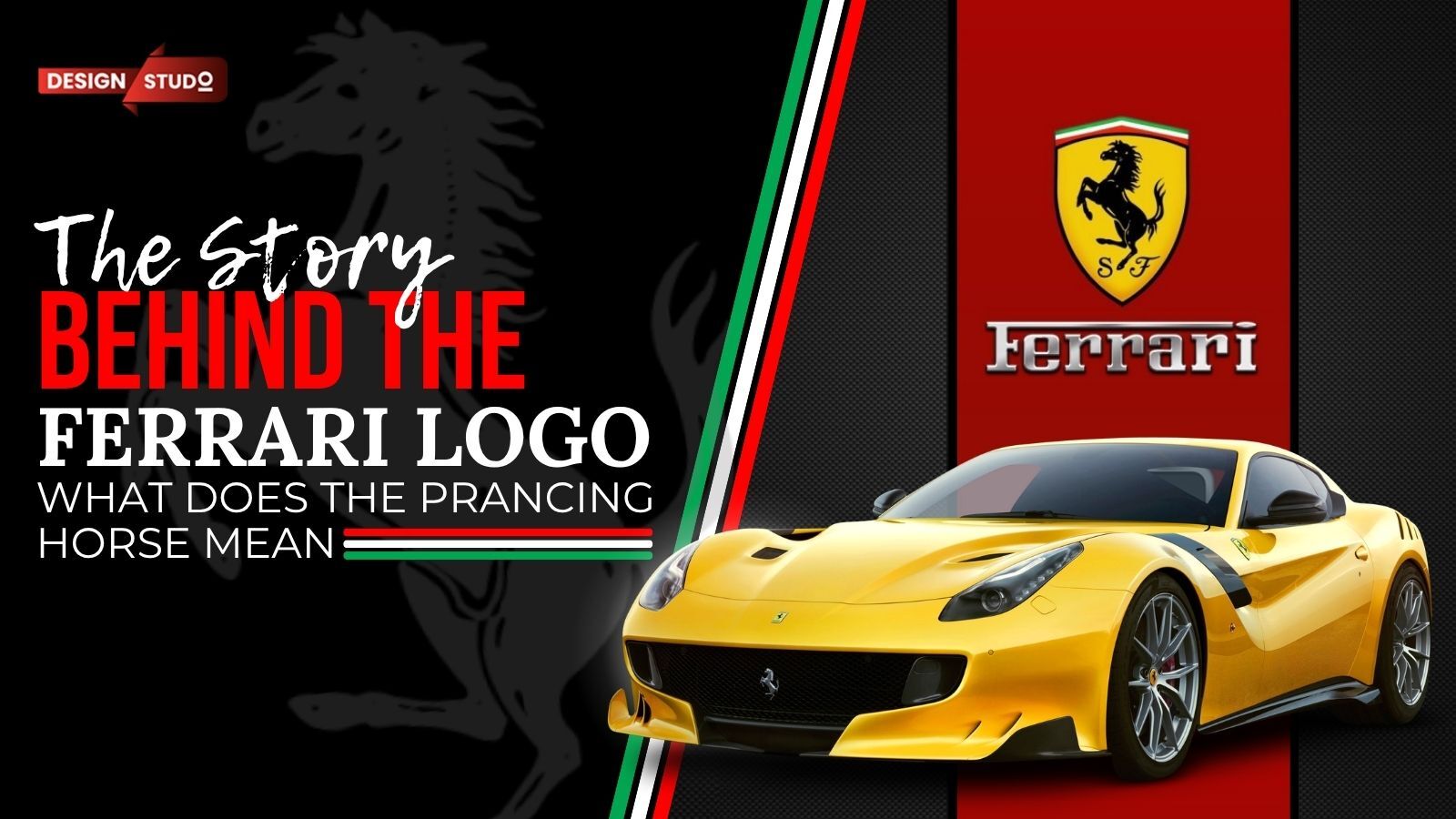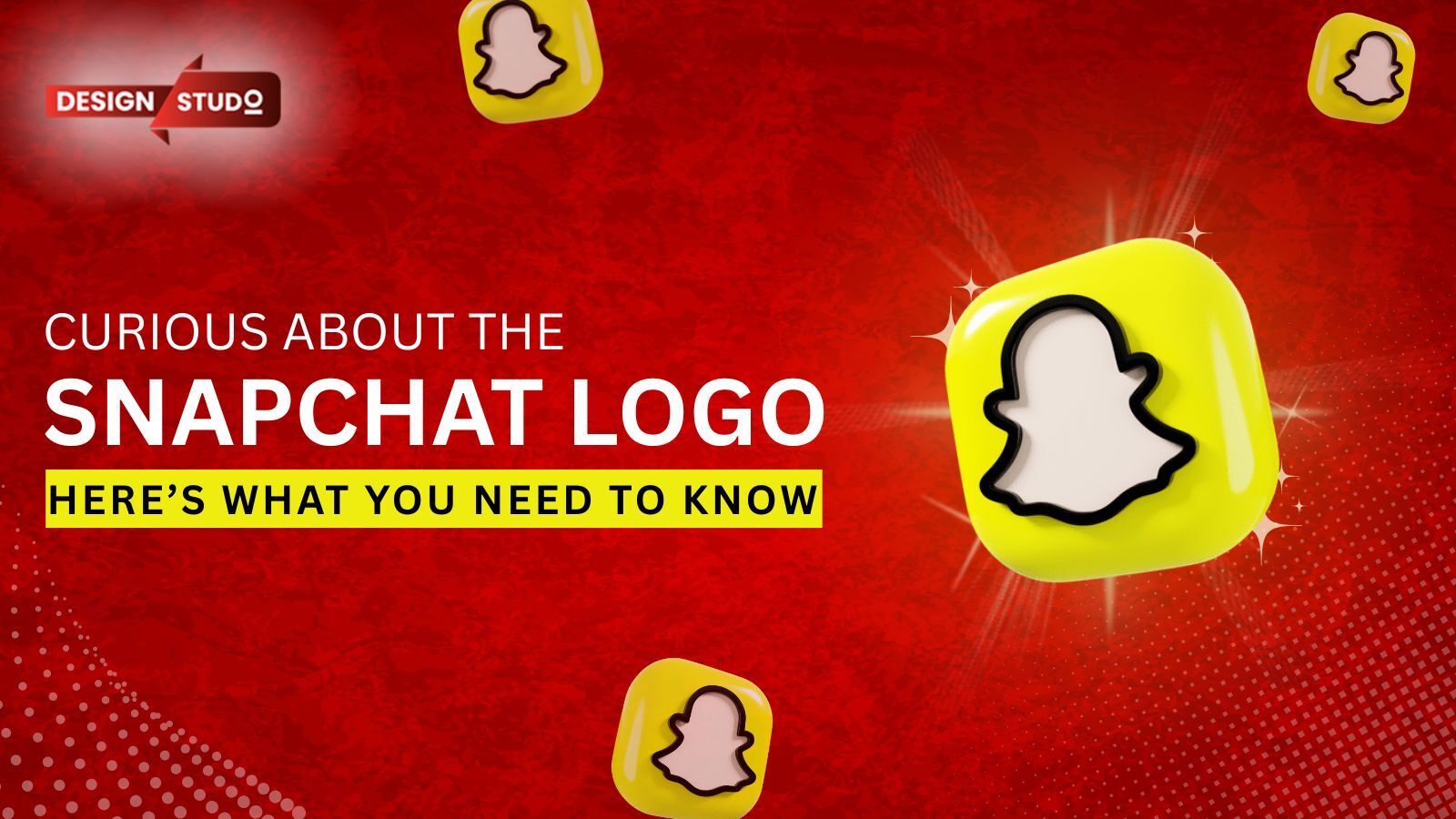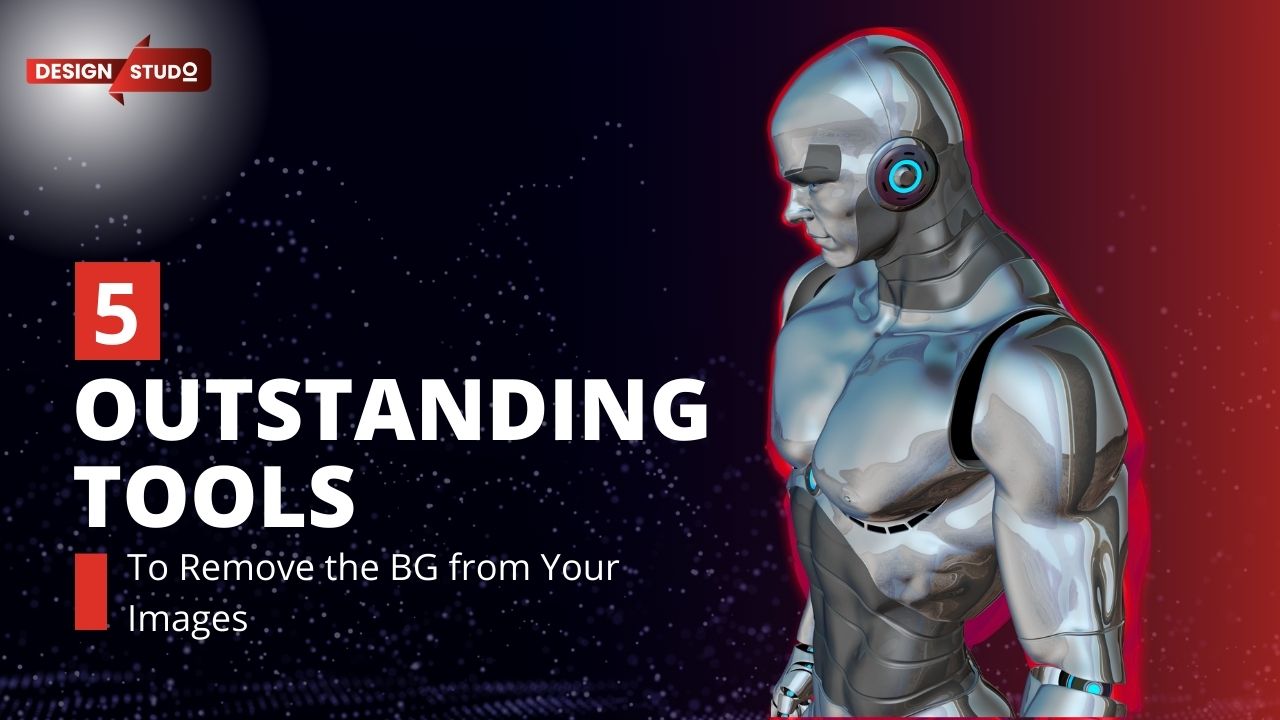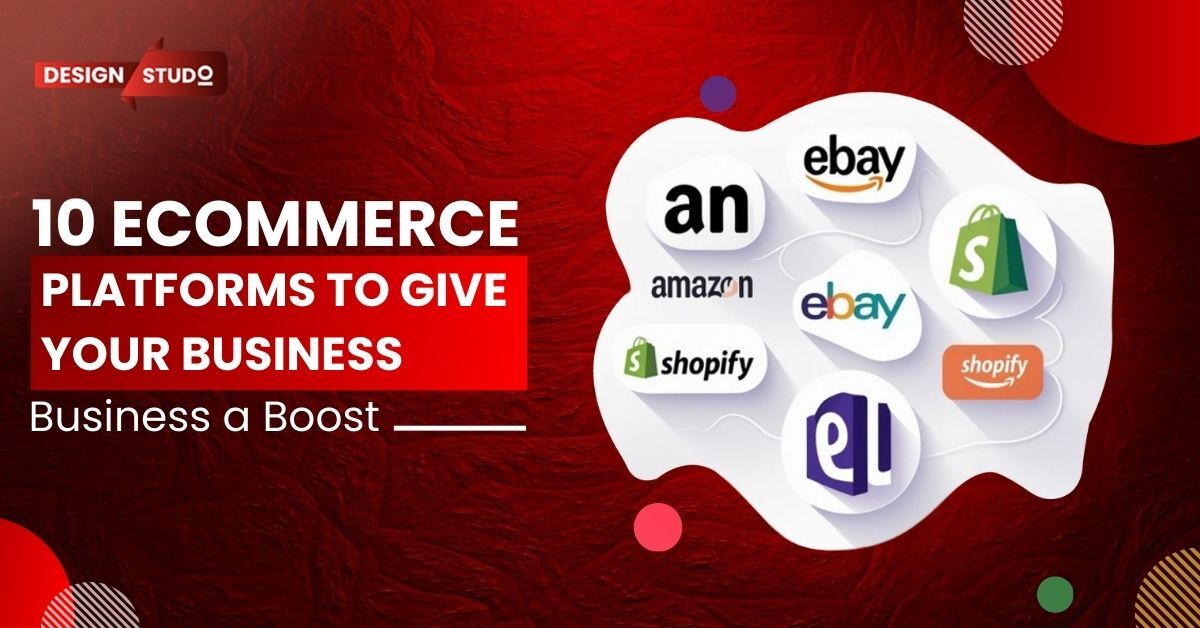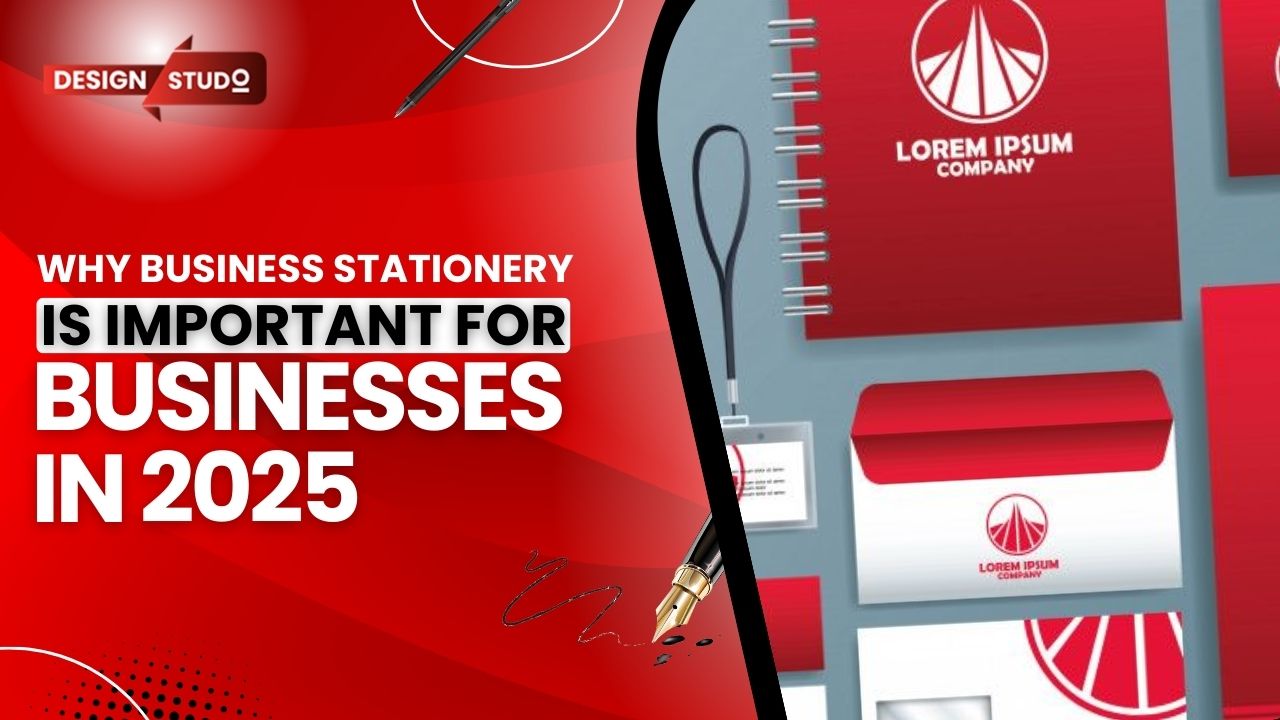In the rapidly evolving digital landscape, artificial intelligence (AI) is reshaping industries, and logo design is no exception. Generative AI, a groundbreaking technology that autonomously creates content, is revolutionizing branding and design. By 2030, AI-powered tools are poised to drastically change how businesses create, customize, and optimize their brand identities. In this blog, we will explore how generative AI will shape the future of logo design and why businesses should collaborate with an SEO marketing company near me to maximize their digital presence.
The Rise of Generative AI in Logo Design
Generative AI employs sophisticated machine learning algorithms to analyze vast datasets and generate creative designs based on established patterns and trends. This technology has advanced significantly, enabling AI to produce unique, high-quality logos that align with brand aesthetics. As businesses increasingly recognize the potential of generative AI, it is becoming an integral part of their branding strategies.
1. Speed and Efficiency
Traditionally, logo design involves multiple revisions, brainstorming sessions, and extensive collaboration with graphic designers. This process can be time-consuming and often leads to delays in branding initiatives. Generative AI streamlines this process by instantly producing design variations, saving businesses both time and resources.
For instance, a company can input its brand values, target audience, and design preferences into an AI tool, which then generates several logo options in mere minutes. This rapid turnaround allows businesses to focus on other crucial aspects of their strategy while still receiving high-quality design options.
Don’t forget to checkout:
How the Google Logo Has Evolved Through the Years
10 Essential Elements of an Effective Website Design
2. Cost-Effective Branding
Hiring a professional designer or agency can be prohibitively expensive, particularly for startups and small businesses. AI-driven tools present an affordable alternative by generating professional-grade logos at a fraction of the cost. This accessibility empowers even the smallest enterprises to establish a strong visual identity.
Furthermore, as AI technology continues to improve, the cost of these tools is likely to decrease, further democratizing access to high-quality design. Businesses can allocate their marketing budgets more effectively, investing in other areas such as digital marketing and customer engagement.
3. Data-Driven Design Choices
One of the standout features of generative AI is its ability to analyze user preferences, industry trends, and competitor designs. This data-driven approach ensures that the logos created resonate with the target audience. By leveraging data insights, businesses can create logos that not only look appealing but also connect emotionally with their customers.
AI tools can conduct sentiment analysis on existing logos, understanding which designs elicit positive responses from consumers. This capability allows businesses to make informed design choices that align with market expectations.
4. Personalization at Scale
Generative AI can customize logos based on specific branding requirements. From color schemes to typography, AI tailors each design to reflect a brand’s unique identity. This level of personalization is not just a trend; it’s becoming the standard in branding.
For example, a business targeting different demographic segments can use AI to create variations of its logo tailored to each group. This ensures that the brand remains relevant and appealing across diverse audiences, enhancing its overall market presence.
How Generative AI Will Evolve by 2030
By 2030, AI-driven logo design will transcend simple automation and transform branding strategies in profound ways. The integration of AI into branding will create opportunities for more dynamic and responsive designs.
1. Hyper-Personalized Logos
AI will enable businesses to create logos that adapt to different contexts. Imagine a dynamic logo that changes based on customer preferences, geographic locations, or seasonal trends. This hyper-personalization will allow brands to engage consumers on a deeper level, fostering a more intimate connection.
2. Real-Time Brand Adjustments
Logos will become more interactive and responsive, adjusting their appearance in real time based on website analytics and consumer interactions. For example, if a brand notices increased traffic from a specific demographic, the logo could subtly adapt to reflect elements that resonate with that audience.
This level of interactivity will not only enhance user engagement but also provide businesses with valuable insights into consumer behavior, allowing them to pivot their branding strategies as needed.
3. Voice-Activated Logo Design
With AI-driven voice assistants becoming increasingly sophisticated, business owners will soon be able to generate logos simply by describing their vision. This innovation makes the design process more intuitive and accessible, particularly for those who may not have a background in design.
Imagine a scenario where a startup founder, busy juggling multiple responsibilities, can simply articulate, “I want a logo that embodies innovation and sustainability,” and receive tailored design options in minutes. This democratizes the design process and invites greater creativity.
4. AI-Powered Brand Identity Systems
Beyond logos, AI will generate comprehensive brand identity systems, including color palettes, typography, and marketing materials. This ensures consistent branding across all digital and physical platforms. A cohesive brand identity is crucial for building trust and recognition among consumers.
For instance, an AI system could analyze a company’s existing branding materials and generate complementary assets that align with the new logo, creating a seamless brand experience.
The Role of SEO in AI-Generated Branding
An AI-generated logo is only effective if it aligns with a brand’s digital marketing strategy. This is where search engine optimization (SEO) plays a crucial role. Partnering with an SEO marketing company near me ensures that AI-generated logos and branding elements enhance online visibility.
1. Optimized Logo Placement
SEO experts ensure that logos are strategically placed on websites and social media profiles to maximize brand recognition and search engine rankings. Proper placement can significantly influence user engagement and conversion rates.
For example, an SEO agency can advise on the best locations for logo placement on a website, ensuring it is visible without being intrusive, thereby enhancing user experience and promoting brand recall.
2. AI-Powered Image Optimization
Optimizing logo file sizes, formats, and metadata improves website speed and SEO performance. An optimized logo not only enhances visual appeal but also contributes to better search engine rankings. SEO professionals can ensure that logos are formatted correctly for various platforms, improving their overall effectiveness in digital marketing.
3. Branding Consistency for Better Rankings
Search engines prioritize brands with consistent messaging. SEO professionals help businesses maintain uniform branding across all platforms, improving their digital authority. Consistency in branding elements, including logos, helps build trust and credibility, which are crucial factors for search engine algorithms.
Don’t forget to checkout:
Exploring the Battle Between SEO and AEO
Understanding User Experience (UX) and Its Impact on Conversion Rates
Challenges and Ethical Considerations of AI in Logo Design
While AI presents numerous benefits, it also introduces challenges and ethical concerns that must be addressed.
1. Originality and Uniqueness
AI-generated logos often rely on existing design patterns. Ensuring true originality without plagiarism will be a key challenge for AI designers. Businesses must ensure that their logos are not only appealing but also unique to stand out in a crowded market.
2. The Role of Human Creativity
AI can generate impressive logos, but human creativity remains essential for storytelling and emotional branding. Businesses must find a balance between AI automation and the human touch that brings authenticity and relatability to their branding efforts.
3. Intellectual Property and Copyright Issues
As AI creates more logos, determining ownership and copyright will become increasingly complex. Legal frameworks must evolve to address these concerns. Companies will need to navigate the murky waters of intellectual property rights, ensuring that their AI-generated designs do not infringe on existing trademarks.
Why Businesses Should Invest in AI-Driven Logo Design
By 2030, AI-powered logo design will be the industry standard. Businesses that adopt AI-driven branding solutions early will gain a competitive advantage. However, maximizing the impact of AI-generated logos requires a strong digital presence, which is why partnering with an SEO marketing company near me is essential.
Investing in AI-driven logo design not only streamlines the branding process but also ensures that businesses can stay ahead of the curve. Companies that embrace these innovations will benefit from enhanced brand visibility and recognition.
Conclusion
Generative AI is revolutionizing logo design, making branding faster, more affordable, and highly personalized. By 2030, AI will enable businesses to create dynamic, real-time, and voice-activated logos that adapt to changing trends. However, to fully harness these advancements, businesses must integrate AI-generated branding with SEO strategies.Collaborating with an SEO marketing company near me ensures that AI-powered logos not only look great but also enhance online visibility and brand recognition. At Design Studio Online, we stay ahead of the latest AI and branding trends. If you’re ready to future-proof your brand with cutting-edge AI-driven logo design, contact us today! By embracing these technologies now, businesses can navigate the complexities of tomorrow’s branding landscape with confidence and creativity.
Also check out Design Studio Online GBP…!


